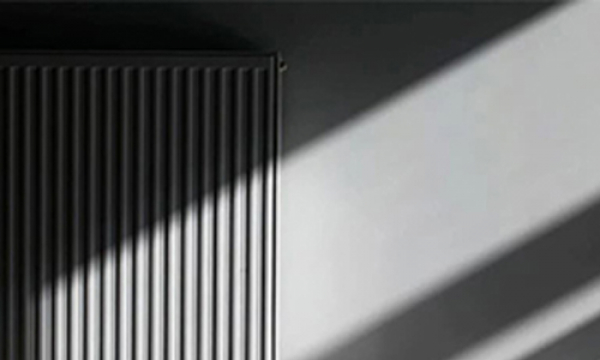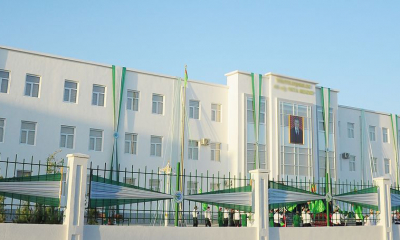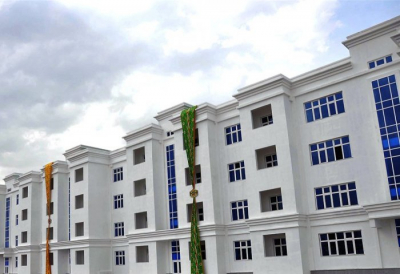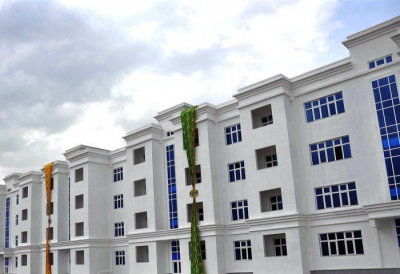The modern market offers 3 main material options:
metal;
polymeric;
metal-plastic.
The problem is that each pipe option has subspecies that differ in technical characteristics, suitable operating conditions, installation complexity and price. Therefore, in the article below we consider all existing options and determine the best one for certain conditions.
The problem is that each pipe option has subspecies that differ in technical characteristics, suitable operating conditions, installation complexity and price. Therefore, in the article below we consider all existing options and determine the best one for certain conditions.
Which pipes to use for the heating system: the main criteria Before deciding what material to buy heating circuits from, you need to answer questions regarding the space heating system. These aspects include:
- throughput capacity of pipes, determined by the inner diameter; - the dimensions of the rooms to be heated; - boiler power, affecting the pressure and heating temperature; - an open or closed heating system is planned for installation; - how pipes will be laid: inside the walls and floors or on top; - planned circulation method: forced or natural; - the temperature of the water circulating in the circuit; - maximum and standard pressure of the coolant in the pipes; - method of connecting pipe segments. For example, to equip a heating circuit in a private house and apartment, you need to use different pipes. Firstly, there is a difference in the area and volume of the premises. Secondly, a different water supply technology is used: autonomous in the house and central in apartments. Thirdly, the circuits in the cottages are not subject to water hammer (sudden pressure surges) and overheating. And in high-rise buildings, such situations happen regularly. Accordingly, you will need segments not only of different outer and inner diameters, but also with different material properties. At the same time, wear resistance and strength are important. The first determines how long the modules will last until the next replacement, and the second will allow the circuit to withstand external pressure, for example, finishing materials when flush-mounted under the floor or inside the wall





